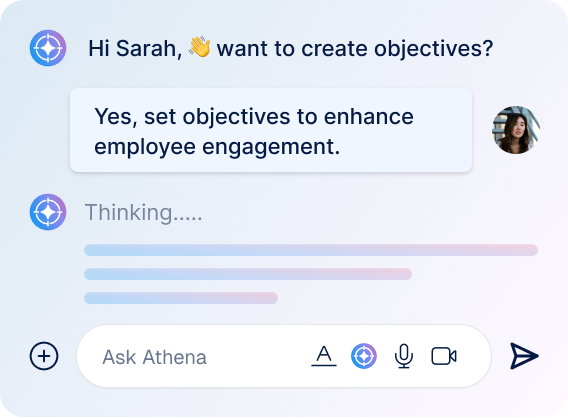What is a Sequential milestone with Partial updates in milestone-tracked Key Results, and how does it work?
Category: OKRs
Sequential with Partial Progress is a milestone tracking type in Profit.co that allows users to record partial progress on the current milestone while still maintaining a sequential workflow, ensuring that milestones are completed in order.
Why this feature?
- Allows teams to reflect real-time progress on the current milestone, rather than waiting until it's fully complete.
- Managers and team members can see how far a milestone has progressed, which helps with reviews and forecasting.
Step 1
While creating a key result, select the Key result type as Milestone Tracked and select the required Milestone Sequence.

Step 2
To make partial progress in your milestone sequence, click on the sequential milestone and select 'Partial Update. Once done, click the Proceed button.

Note: You can rearrange and restructure the entire sequence of milestones.
Step 3
You can check in your progress partially for each milestone. Once done, click the Update button to save your progress.

Note: Users can now record partial progress on the current active milestone in the sequence. The next milestone remains locked until the current milestone is fully completed.
Related Questions
-
What does Control KPI imply?
Table of Contents Why this feature? What is a Control KPI? Progress Calculation Types in Control KPI Value ...Read more
-
How do I check-in for Key Results?
Profi.co allows you to report your progress on your key results at different OKR levels. Why are key result check-ins ...Read more
-
How do I manage Key Results directly in the Bowler Chart View in Profit.co?
In Profit.co, the Bowler Chart View now allows users to create, edit, delete, and access quick actions for Key Results ...Read more
-
How do I view user login history in the Cockpit?
Profit.co has introduced three new widgets within the OKR Cockpit to help organizations monitor user login behavior and ...Read more



